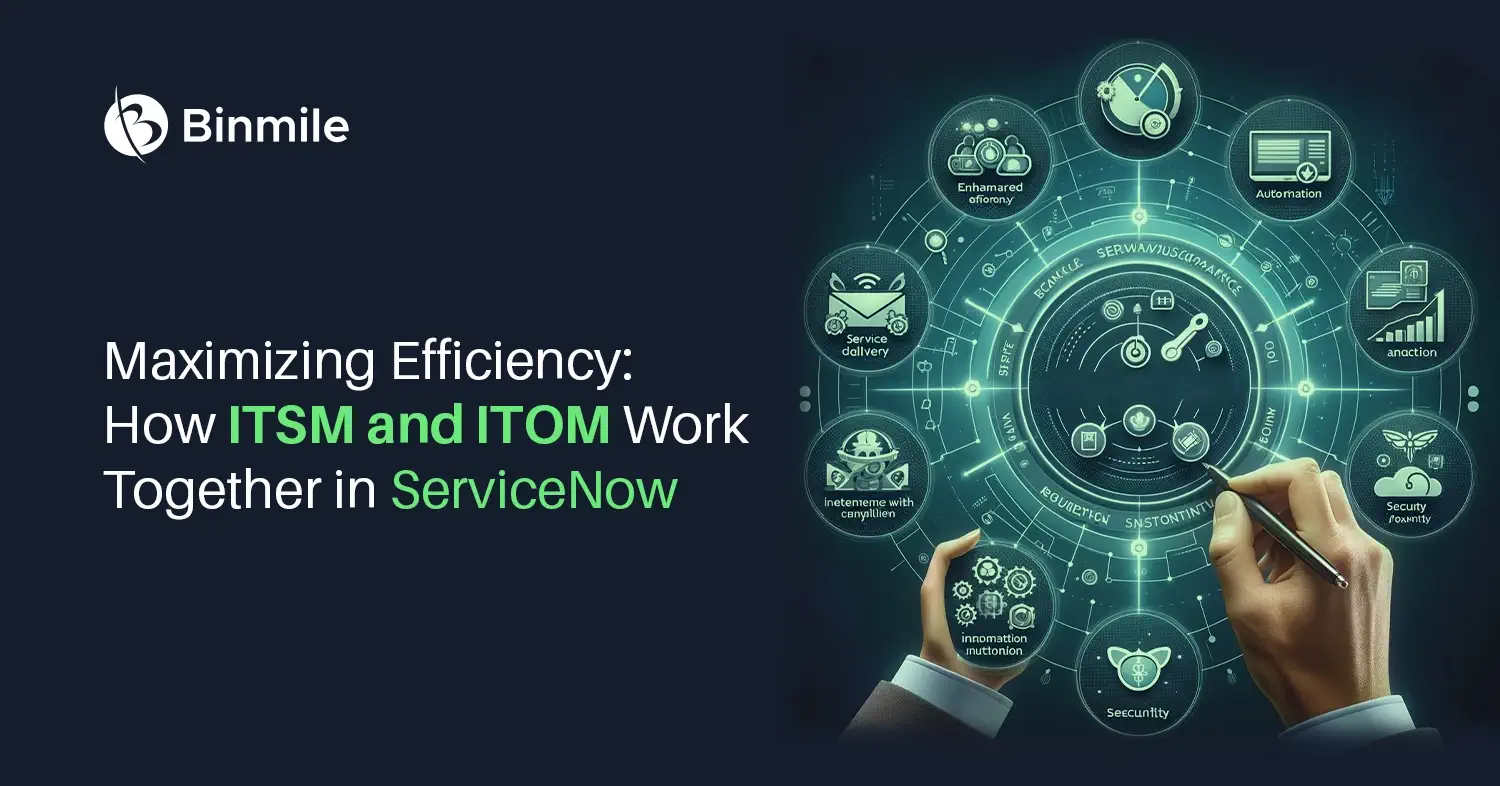Most software releases include manual tasks and go through the typical source, build, test, and deploy stages. Continuous integration and continuous development (CI/CD) pipeline make things easy for software developers. The CI/CD pipeline, known for its speed, accuracy, and reliability, automates your software delivery process. The prime use of the pipeline is to build code, runs tests (CI), and deploys new apps version (CD) safely. Pipeline automation helps eliminate manual errors, offers standardized feedback, and allows rapid product iterations. Read the content and find out the common risks and vulnerabilities to the CI/CD pipeline and how you can secure the pipeline effectively.
Risk and Vulnerabilities to the Pipeline
The CI/CD pipeline mainly faces inside threats and open-source vulnerabilities. The former includes privileged IT administrators, managerial employees, disgruntled former employees, or attackers who have gained access to employee credentials. On the other hand, the latter covers some open-source components and ready-made code.
Vickie Li, developer evangelist at ShiftLeft, on the risk posed to CI/CD pipeline
“Due to the pandemic, organizations rushed to accelerate digital transformation initiatives; a shift that placed a heavy burden on software developers tasked with delivering applications at higher-than-ever velocity to enable remote work. In tandem with this pressure, major recent data breaches like SolarWinds have highlighted a significant risk to the CI/CD pipeline, demonstrating to organizations why they must place a high priority on software supply chain security.
Historically, security was overlooked, as it didn’t fit into existing development workflows. However, that position is no longer acceptable in today’s digital era. High-profile cyberattacks over the past year and a 430 percent surge in such attacks overall have underscored just how vulnerable software supply chains can be. When successful, supply chain attacks can allow attackers to gain access to a third party’s software, enabling them to manipulate code and insert malicious components to compromise downstream and upstream applications.
The past year, in particular, has brought light to this looming threat, which is now garnering the attention of governments internationally, with President Biden recently issuing an executive order on supply chain security and the UK’s National Cyber Security Center (NCSC) releasing a similar warning.”
Securing the CI/CD Pipeline
Li on securing software development pipelines
“Organizations must ensure that builds are independent of one another so that in the event of a breach, uncompromised builds remain unaffected. Organizations must routinely conduct security checks, as well as insert insider threat detection directly into the software supply chain to establish non-repudiation of software shipped at every stage. Developers should be responsible for the security of the code they write. Builds should be scanned while the code is fresh in their minds, helping them to quickly find and fix vulnerabilities before code is shipped to the next phase. Organizations using open-source software can use automated tools to monitor known open-source vulnerabilities to make sure they don’t get introduced to the codebase.
As software supply chain attacks continue to grow in reach and frequency, developers and organizations alike must place increased scrutiny on securing applications at their genesis by increasing security measures around CI/CD pipelines and development practices. Delivering secure code, maintaining visibility, and consistently monitoring architecture are crucial steps to upholding the overall security and integrity of your software supply chain.”
The CI/CD pipeline becomes invulnerable when open-source automation tools find the loopholes.
Jenkins Attack Framework to Uncover Vulnerabilities in CI/CD Environments
Jenkins Attack Framework (JAF) released by Accenture reveals ways in which popular automation servers can be abused. So far, Jenkins, an open-source CI/CD pipeline, allows developers to build, test, and deploy codes at a faster pace. But it is still open to vulnerabilities and attacks.
JAF developer Shelby Spencer, says “Historically, Jenkins is not securely configured by default. It is often set up and maintained by developers and not security or IT personnel, so it is often a soft target.”
The JAF helps developers automating and simplifying familiar and unknown Jenkins attacks. Interestingly, the JAF tool can dump credentials and launch ‘ghost jobs.’
“By default, Jenkins shares stored credentials with all users. Many attackers are familiar with dumping credentials via the Groovy Console as an admin, but it is also possible to do this as a normal user in a normal job – you just have to list all the credentials out one-by-one in your job (which was laborious), then obfuscate them, or Jenkins will redact them in the log. My tool automates this attack, and it works no matter the operating system of the Jenkins slave,” Spencer added.
“I expect and hope that the tool will see widespread use and adoption by the red team/pen-testing community. I think the tool also has some valuable features for normal Jenkins users as well, such as the feature that allows the dumping of all Jenkin build logs. I hope that the community provides feedback and feature requests.”
All business enterprises can make the most out of the CI/CD pipeline automation, implementation, and consulting from a cloud and DevOps expert company. The company can help you automate the process using the best open source automation tools like Jenkins.
The automation of the CI/CD pipeline from software development and testing experts can help enterprises achieve performance, quality, and perfection.





